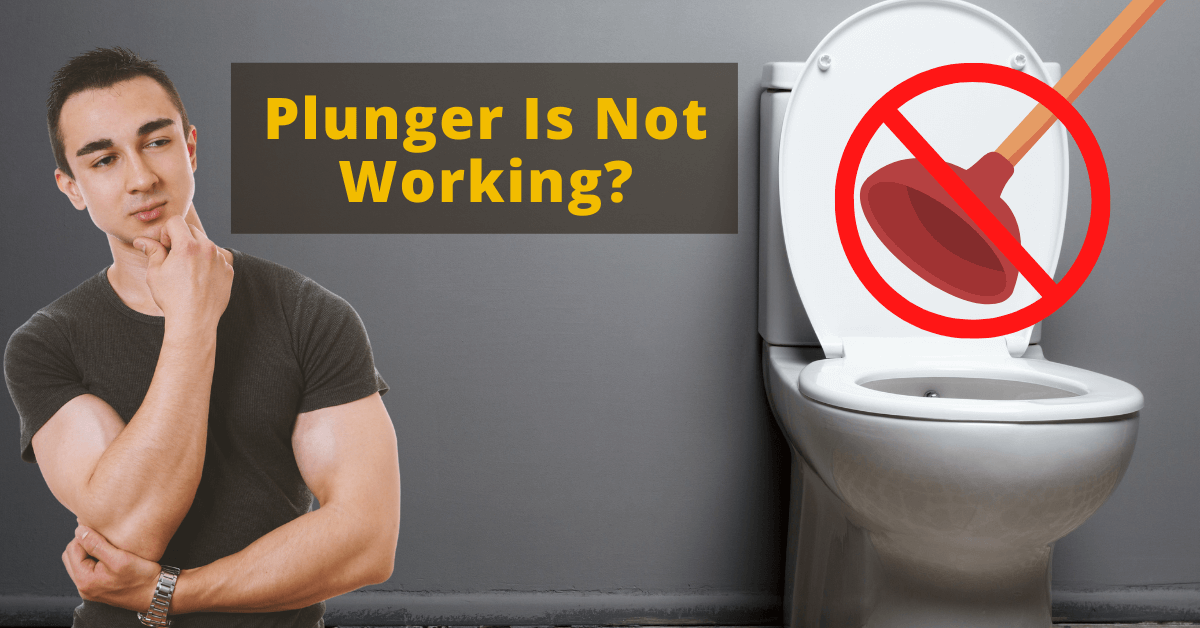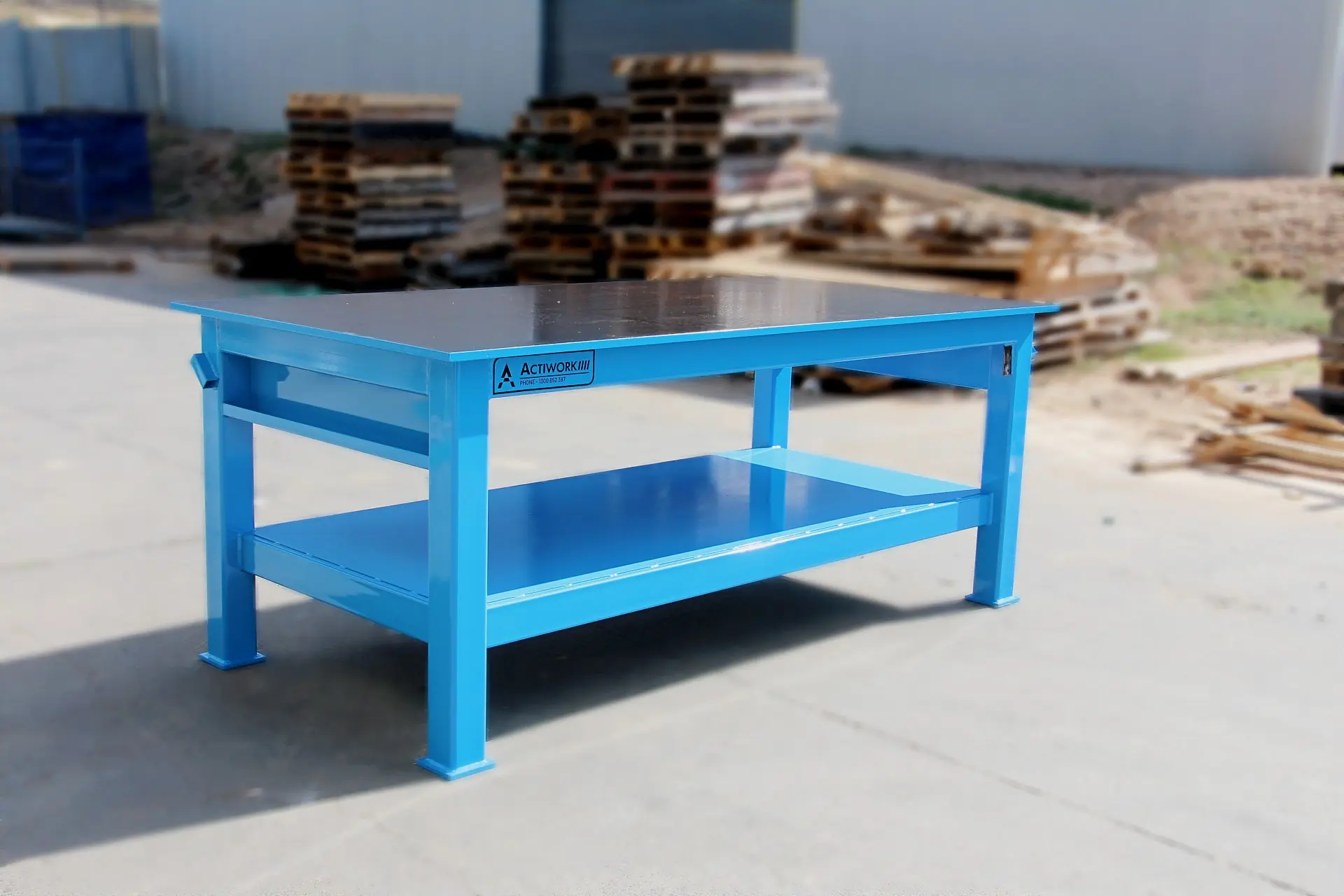
A clogged toilet is a common household plumbing problem that can be frustrating and unsanitary. One of the first steps in unclogging a toilet is to use a plunger. However, sometimes the plunger is not able to clear the clog. This can be due to a number of factors, including the type of clog, the size of the clog, and the condition of the plunger.
If the plunger is not working, there are a few things you can try. First, make sure that the plunger is the right size for the toilet. The plunger should be large enough to create a seal around the drain hole. If the plunger is too small, it will not be able to create enough suction to clear the clog.
Second, make sure that the plunger is in good condition. The plunger should be made of a durable material, such as rubber or silicone. If the plunger is cracked or damaged, it will not be able to create enough suction to clear the clog.
Finally, make sure that you are using the plunger correctly. To use a plunger, place the plunger over the drain hole and push and pull vigorously. Be sure to create a seal around the drain hole with the plunger. If you do not create a seal, the plunger will not be able to create enough suction to clear the clog.
If you have tried all of these things and the plunger is still not working, you may need to call a plumber. A plumber will be able to use a variety of tools and techniques to clear the clog.
1. Size
The size of the plunger is an important factor in its ability to clear a clogged toilet. A plunger that is too small will not be able to create a seal around the drain hole, which will prevent it from creating enough suction to clear the clog.
-
Facet 1: The diameter of the plunger cup
The diameter of the plunger cup is the most important factor in determining the size of the plunger. The plunger cup should be large enough to create a seal around the drain hole. A plunger cup that is too small will not be able to create a seal, which will prevent the plunger from creating enough suction to clear the clog.
-
Facet 2: The depth of the plunger cup
The depth of the plunger cup is also important in determining the size of the plunger. The plunger cup should be deep enough to create a seal around the drain hole. A plunger cup that is too shallow will not be able to create a seal, which will prevent the plunger from creating enough suction to clear the clog.
-
Facet 3: The material of the plunger cup
The material of the plunger cup is also important in determining the size of the plunger. The plunger cup should be made of a durable material, such as rubber or silicone. A plunger cup that is made of a flimsy material will not be able to create a seal, which will prevent the plunger from creating enough suction to clear the clog.
-
Facet 4: The shape of the plunger cup
The shape of the plunger cup is also important in determining the size of the plunger. The plunger cup should be shaped so that it can create a seal around the drain hole. A plunger cup that is not shaped correctly will not be able to create a seal, which will prevent the plunger from creating enough suction to clear the clog.
By considering all of these factors, you can choose the right size plunger for your toilet. A properly sized plunger will be able to create a seal around the drain hole and clear the clog.
2. Condition
The condition of the plunger is an important factor in its ability to clear a clogged toilet. A plunger that is cracked or damaged will not be able to create a seal around the drain hole, which will prevent it from creating enough suction to clear the clog.
There are a few things that can damage a plunger, including:
- Using the plunger on a dry toilet bowl. When you use a plunger on a dry toilet bowl, the friction can cause the plunger to crack or tear.
- Using the plunger too forcefully. If you plunge too forcefully, you can damage the plunger cup or the handle.
- Storing the plunger in a hot or cold environment. Extreme temperatures can damage the plunger material.
If you have a plunger that is cracked or damaged, it is important to replace it. A damaged plunger will not be able to create enough suction to clear a clog, and it may even make the clog worse.
Here are some tips for choosing a durable plunger:
- Choose a plunger that is made of a durable material, such as rubber or silicone.
- Choose a plunger that has a large plunger cup. A larger plunger cup will be able to create a better seal around the drain hole.
- Choose a plunger that has a sturdy handle. A sturdy handle will help you to plunge more forcefully without damaging the plunger.
By following these tips, you can choose a durable plunger that will be able to clear clogged toilets for years to come.
3. Type of Clog
Plungers are a common tool for clearing clogged toilets. However, plungers are not effective at clearing all types of clogs. For example, if the clog is caused by a large object, such as a toy or a wad of paper, the plunger may not be able to dislodge it.
- Size of the object: The size of the object that is causing the clog is an important factor in determining whether or not a plunger will be effective. If the object is too large, the plunger may not be able to create enough suction to dislodge it.
- Shape of the object: The shape of the object that is causing the clog can also affect the effectiveness of a plunger. Objects that are flat or irregularly shaped may be more difficult for a plunger to dislodge than objects that are round or smooth.
- Material of the object: The material of the object that is causing the clog can also affect the effectiveness of a plunger. Objects that are made of soft or flexible materials may be more difficult for a plunger to dislodge than objects that are made of hard or rigid materials.
- Location of the clog: The location of the clog can also affect the effectiveness of a plunger. If the clog is located deep in the drainpipe, the plunger may not be able to reach it.
If you have a clogged toilet and the plunger is not working, it is important to identify the type of clog before you try other methods to clear it. If the clog is caused by a large object, you may need to use a different tool, such as a drain snake, to remove it.
4. Depth of Clog
Plungers are a common tool for clearing clogged toilets. However, plungers are not effective at clearing all types of clogs. One factor that can affect the effectiveness of a plunger is the depth of the clog. If the clog is located deep in the drainpipe, the plunger may not be able to reach it.
-
Facet 1: The length of the plunger
The length of the plunger is an important factor in determining whether or not it will be able to reach a deep clog. Plungers come in a variety of lengths, so it is important to choose one that is long enough to reach the clog in your toilet.
-
Facet 2: The shape of the plunger cup
The shape of the plunger cup can also affect its ability to reach a deep clog. Plunger cups come in a variety of shapes, including flat, cone-shaped, and bell-shaped. A plunger cup with a narrow shape is more likely to be able to reach a deep clog than a plunger cup with a wide shape.
-
Facet 3: The material of the plunger cup
The material of the plunger cup can also affect its ability to reach a deep clog. Plunger cups are typically made of rubber or silicone. Rubber plunger cups are more flexible than silicone plunger cups, which makes them more likely to be able to reach a deep clog.
-
Facet 4: The amount of water in the toilet bowl
The amount of water in the toilet bowl can also affect the effectiveness of a plunger. If there is not enough water in the toilet bowl, the plunger will not be able to create enough suction to clear the clog.
If you have a clogged toilet and the plunger is not working, it is important to consider the depth of the clog. If you think the clog is located deep in the drainpipe, you may need to use a different tool, such as a drain snake, to clear it.
5. Air Leaks
When you plunge a toilet, the plunger creates suction that helps to dislodge the clog. However, if there are any air leaks around the plunger, the suction will be reduced and the plunger will not be able to clear the clog.
There are a few things that can cause air leaks around the plunger, including:
- A worn or damaged plunger cup
- A plunger that is too small for the toilet bowl
- A toilet bowl that is not smooth or has any cracks or chips
If you think there may be an air leak around the plunger, you can try the following:
- Check the plunger cup for any tears or damage. If the plunger cup is damaged, it will need to be replaced.
- Make sure that the plunger is the right size for the toilet bowl. The plunger cup should be large enough to create a seal around the drain hole.
- Check the toilet bowl for any cracks or chips. If there are any cracks or chips in the toilet bowl, it will need to be repaired before you can use the plunger.
By taking these steps, you can help to ensure that the plunger is creating a tight seal around the drain hole and that the suction is strong enough to clear the clog.
6. Water Level
When a toilet is clogged, one of the first steps in clearing the clog is to use a plunger. However, if the water level in the toilet bowl is too low, the plunger will not be able to create enough suction to clear the clog. This is because the plunger needs water to create a seal around the drain hole. Without a seal, the plunger will not be able to create enough suction to dislodge the clog.
There are a few reasons why the water level in a toilet bowl might be too low. One reason is that the fill valve may be faulty. The fill valve is responsible for filling the toilet bowl with water after it has been flushed. If the fill valve is not working properly, it may not fill the toilet bowl with enough water, which can lead to a clogged toilet.
Another reason why the water level in a toilet bowl might be too low is that there may be a leak in the toilet. A leak can cause the water level in the toilet bowl to drop, which can make it difficult to clear a clog.
If you have a clogged toilet and the plunger is not working, it is important to check the water level in the toilet bowl. If the water level is too low, add more water to the toilet bowl and try plunging again. If the plunger still does not work, you may need to call a plumber to fix the fill valve or leak.
FAQs on “Clogged Toilet Plunger Not Working”
When a plunger fails to resolve a toilet clog, several factors could be at play. This FAQ section addresses common concerns and misconceptions, providing practical guidance to effectively address the issue.
Question 1: Why might a plunger fail to unclog a toilet?
A plunger’s effectiveness can be compromised by various factors, including an improper seal around the drain hole, insufficient water level in the toilet bowl, or a clog that is too large or deep for the plunger to dislodge.
Question 2: How can I ensure a proper seal when plunging?
To create an effective seal, select a plunger with a flange that matches the diameter of your toilet drain. Position the plunger over the drain, ensuring that the flange completely covers the opening. Apply downward pressure and pump vigorously to generate suction.
Question 3: What is the ideal water level for plunging?
The water level should be high enough to submerge the plunger’s cup. If the water level is too low, add more water to the bowl before plunging. Insufficient water can hinder the plunger’s ability to create suction.
Question 4: How can I handle a clog that is too large or deep for a plunger?
In such cases, a drain snake or auger may be necessary. These tools are designed to reach deeper into the drain and dislodge larger obstructions. If these methods prove ineffective, professional plumbing assistance is recommended.
Question 5: What are some preventive measures to avoid future clogs?
Regular maintenance can minimize the risk of clogs. Avoid flushing non-flushable items such as wipes, paper towels, or feminine hygiene products. Use a toilet bowl cleaner regularly to prevent buildup and residue.
Question 6: When should I consider calling a plumber?
If repeated attempts with a plunger and drain snake fail to resolve the clog, or if the clog is accompanied by other issues such as leaks or unusual noises, it is advisable to seek professional plumbing services.
Remember, addressing a clogged toilet promptly and effectively can prevent further complications and maintain a hygienic bathroom environment.
Transition to the next article section: Additional Tips for Unclogging Toilets
Tips to Address “Clogged Toilet Plunger Not Working”
When faced with a clogged toilet and a non-responsive plunger, implementing the following tips can increase the likelihood of resolving the issue:
Tip 1: Verify Adequate Water Level
Ensure that the water level in the toilet bowl is sufficient to submerge the plunger’s cup. If the water level is too low, add more water to the bowl before attempting to plunge. Insufficient water can hinder the plunger’s ability to create an effective seal and generate suction.
Tip 2: Inspect Plunger for Damage
Examine the plunger’s cup and handle for any cracks, tears, or other signs of damage. A damaged plunger will not be able to create a proper seal or generate the necessary suction to dislodge the clog. If the plunger is damaged, replace it with a new one.
Tip 3: Choose the Right Plunger
Select a plunger with a flange that matches the diameter of your toilet drain. A flange that is too small will not create an effective seal, while a flange that is too large may not fit properly. Additionally, consider using a plunger with a long handle for added leverage.
Tip 4: Apply Forceful Plunging Technique
Position the plunger over the drain hole and ensure that the flange creates a complete seal. Apply downward pressure and pump vigorously, alternating between forceful plunges and quick releases. This technique helps to break up the clog and create suction to dislodge it.
Tip 5: Try a Drain Snake or Auger
If a plunger fails to resolve the clog, consider using a drain snake or auger. These tools are designed to reach deeper into the drain and dislodge larger obstructions. Insert the drain snake or auger into the drain and rotate it to break up the clog. Use caution to avoid damaging the drain.
Tip 6: Seek Professional Assistance
If repeated attempts with a plunger, drain snake, or auger fail to unclog the toilet, or if the clog is accompanied by other issues such as leaks or unusual noises, it is advisable to seek professional plumbing services. A plumber can diagnose the underlying cause of the clog and implement the appropriate solution.
By following these tips, individuals can effectively address a clogged toilet and restore proper functionality. Prompt attention to toilet clogs can prevent further complications and maintain a hygienic bathroom environment.
Transition to the article’s conclusion:
Conclusion
Addressing a clogged toilet that resists the efforts of a plunger requires a systematic approach. Understanding the underlying factors that contribute to the clog, such as the size, depth, and nature of the obstruction, is crucial for selecting the most effective solution. Whether it involves adjusting the water level, utilizing a drain snake, or seeking professional assistance, the goal remains the same: to restore proper toilet functionality and maintain a hygienic bathroom environment.
Remember, a clogged toilet is not merely an inconvenience but a potential breeding ground for bacteria and other contaminants. Prompt attention to such issues not only ensures a comfortable and sanitary household but also prevents more severe plumbing problems from developing in the future. By embracing the tips and insights outlined in this article, individuals can confidently address clogged toilets and maintain a well-functioning plumbing system.



